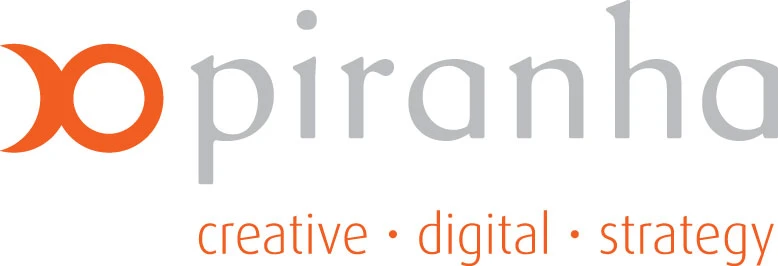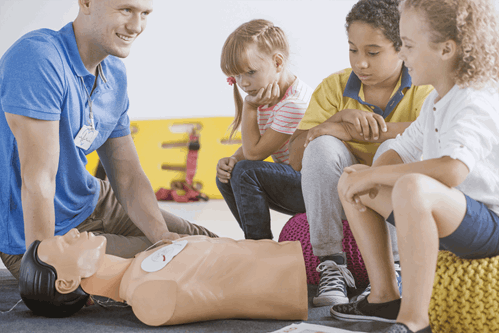Learning first aid is an invaluable life-skill and children become more aware of potential hazards and gain skills that can keep them safe and enable them to help others if there is a medical emergency.
According to St John Ambulance, seven out of 10 children say they would not know how to help if someone were hurt and would like to learn first aid. Primary school children are more than capable of learning first aid skills, and by learning what to do in common emergency situations either by administering first aid themselves, giving others direction or/and calling the emergency services, a child can acquire the potential to save their own or another’s life.
First aid training can be tailored to the needs of the students and should be kept age appropriate and engaging. Elementary first aid and how to recognise and react in an emergency can be taught in the earliest stages of primary school and used as a foundation for young people to learn more advanced skills for the preservation of life such as CPR and applying relevant treatments.
The first step in first aid training is for a child to recognise an emergency and learn how to make sure that a situation is safe before they try to help. They need to learn to avoid any hazards themselves such as broken glass, fire, or traffic, making sure they move to a safe place and if possible, call for help, this could be from an adult who is in the vicinity or by calling 999.
As the young student’s knowledge grows and they mature, they will be able to advance their knowledge to cover a wider scope of situations becoming more able to apply assistance themselves and deal with medical emergencies such as:
Bleeding Soft tissue injuries (sprains and strains) Fractures (broken bones) Burns or scalds Anaphylaxis (severe allergic reactions) Choking Drowning Electric shock Head injury Asthma attack Heart attack Poisoning Shock StrokeFrom the outset though, even if a child knows nothing else, they should be taught how to call an ambulance this is important and could save lives.
Call 999, tell the operator clearly which emergency service you require. In a medical emergency this is obviously an ambulance, but you might need the police and/or fire brigade as well if the situation is a road traffic accident. The operator can help if they know the nature of the emergency. Give the address of where you are, as clearly and accurately as possible, and tell the operator about any landmarks that will help emergency services locate the casualty. Provide as much information as possible about the injury, especially whether the person is breathing or not – if they are not, the call will be treated as a priority. Look out for the emergency services arriving and let other people nearby know that they’re on their way so they can be directed to the right place.If you or your child want to learn more about first aid, accident prevention or fire safety why not come along to one of our parents’ courses. Our Parents First Aid Awareness course is run at Centaur’s Leyland venue frequently, or any of our courses are available to be booked by a minimum of 8 people to run at a time and place to suit your needs. Or you could purchase our First Aid for Parents e-learning course and get your children to take part.























